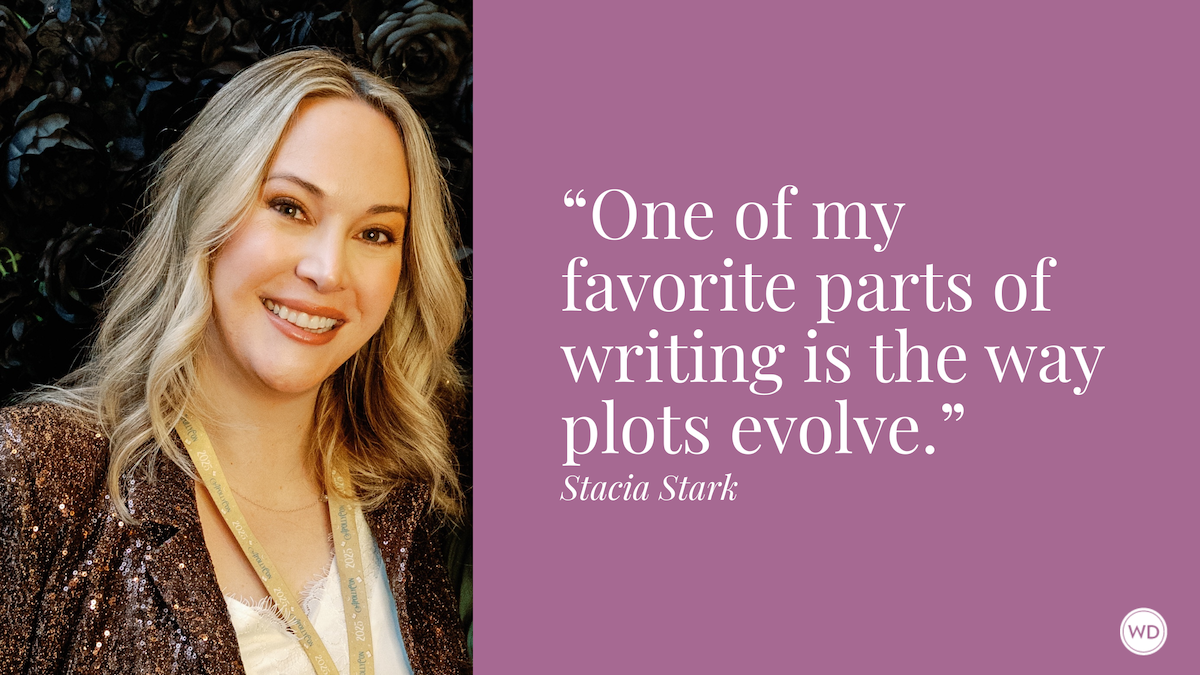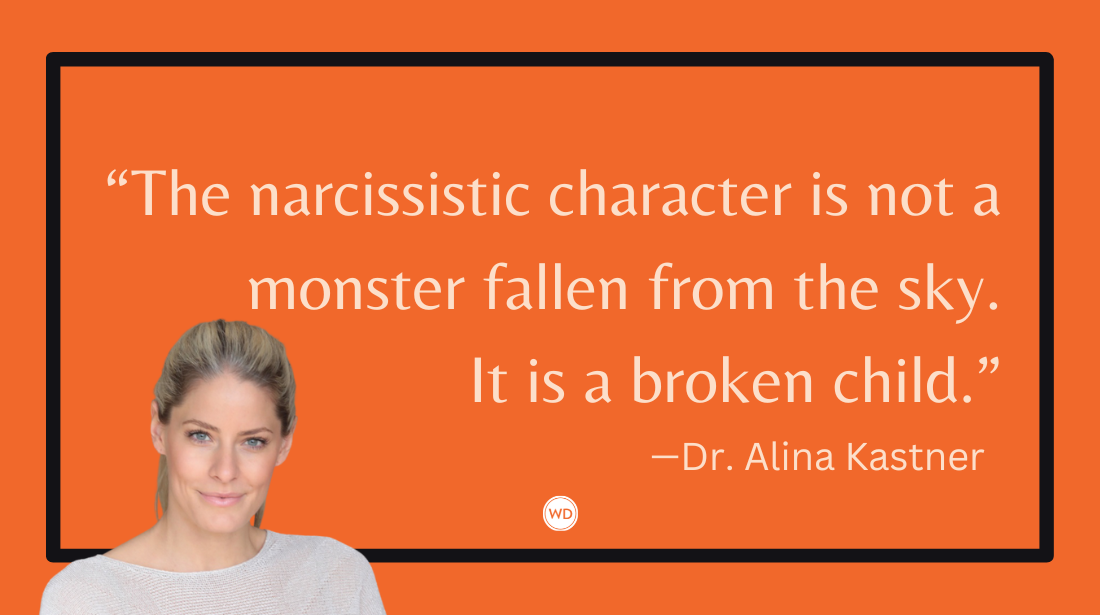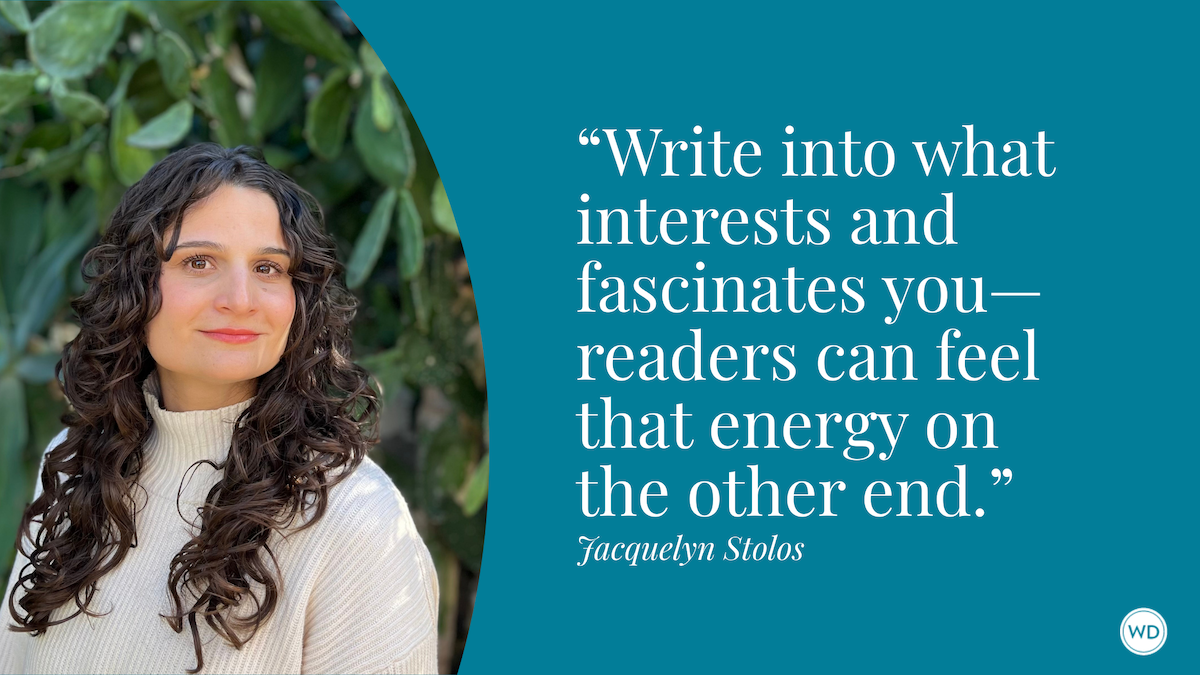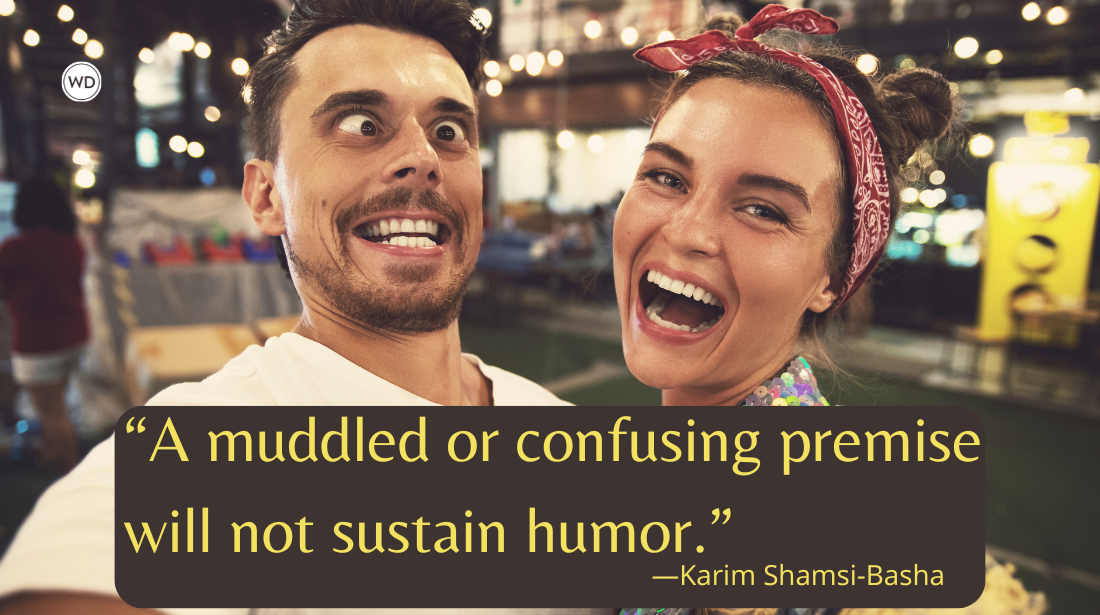Through Another’s Eyes: An Auschwitz Survivor Inspires His Biographer
Popular lecturer and biographer Joshua M. Greene discusses the hardship of writing the biographies of Holocaust survivors, and the biography that convinced him to continue writing.
For the past 30 years, my career as a biographer has taken me inside the horrific experiences of Holocaust survivors, and eight years ago, after writing a dozen such biographies, I’d had enough. The Holocaust is not a story about the perseverance of the human spirit. It is not an ode to our capacity for heroism and bravery. The Holocaust is not an action-adventure movie. It is the story of mass murder and unmitigated suffering, and by 2014, I could no longer justify creating books that left readers with nightmares. I was done promoting darkness. Then the phone rang.
“I’ve read some of your books,” an energetic voice said. “You should write my father’s biography. He was a Holocaust survivor who—”
“Stop right there,” I interrupted, “I’m flattered, but no more Holocaust. No more darkness. I’m focusing on the light.”
“Are you kidding?” the caller shouted. “My father was a walking torchlight. Listen to me. He survived forced labor, two years of beatings and starvation in Auschwitz, freezing death marches. He was 19 and weighed only 88 pounds when the U.S. Army liberated him from camp Mauthausen. Then he came to America with only a grammar school education and ended up becoming a Wall Street legend. When he passed away, he left an oil and banking empire with assets of more than $4 billion. He became an advocate for justice, a founder of the Washington Holocaust Museum. He dined at the White House with the President. His life is an ode to the American Dream. Talk about the light, his life was a beacon of hope for all immigrants...”
I did some research. The caller was Ivan Wilzig, son of renowned businessman Siggi Wilzig (1927-2003). Stories about Siggi portrayed him as a brilliant businessman, playful and generous, and someone who loved his life so deeply he would get up in restaurants and start singing and dancing. Might writing about this dynamic survivor shed light on the Holocaust as something more than human misery?
IndieBound | Bookshop | Amazon
[WD uses affiliate links.]
One story in his testimony for the Steven Spielberg Shoah Foundation archive told me a lot about his ingenuity and unwillingness to let adversity get him down. After one particularly grueling day of hard labor in Auschwitz, Siggi and other prisoners were confronted by a drunken guard who demanded, “Who knows how to sing?” Nobody moved, so the guard beat one of the prisoners to death with the butt of his rifle. Siggi calculated that the guard might kill all of them if no one sang, so he stood up, jumped side to side, and began singing. The guard clapped, stomped his boots, then handed the young prisoner a slice of stale bread.
By January 1945, Germany was losing the war, and Siggi was among many who were forced to walk hundreds of miles to camp Mauthausen in Austria. The ground was thick with ice and mud. Siggi’s shoelaces broke off. He risked losing his shoes, and without shoes, he would quickly die of frostbite. When guards stopped the march for the night, Siggi crawled over to a birch tree and peeled off strips of bark. Then he twisted the strips together into a thread and tied the thread around his shoes. They held. A thread woven from tree bark saved his life.
Siggi’s testimony included dozens of such stories that describe how in Auschwitz ingenuity and initiative could not guarantee survival, but they could help. Would Siggi have survived anyway had he not exercised such initiative? Maybe, but for him being a religious Jew did not preclude exercising personal initiative. Taking action in his view was extending an invitation for higher forces to intervene. However it happened, Siggi survived, and his material success after emigrating to America provided him with the resources to become one of the most astonishing David-and-Goliath stories of post-war America. What were the odds that twisting bark into a shoelace would save his life? If he hadn’t attempted it, none at all. He put that same ingenuity to work in business.
Despite what he’d been through, Siggi enjoyed every minute of his life. On occasion, he clicked his heels together, raised his right hand, and shouted, “Heil Hitler!” with the nonchalance of wishing someone “Have a nice day.” Making fun of his former Nazi oppressors was Siggi’s way of saying, “To heck with you, Adolf, you and your master plan. It didn’t quite work out the way you expected, did it? We Jews are alive, we’re well, and we love our lives.”
Siggi never escaped recurring nightmares of what he’d witnessed: families torn apart, people dying from starvation, the ashes of burnt human bodies scattered across concentration campgrounds as fertilizer. Worst of all were nightmares of seeing his own children marched to their death in gas chambers. Yet, always overjoyed by his life, Siggi had a way of processing even that.
“As terrible as it sounds,” he told an interviewer, “I don’t think I could live without the nightmares. They give me a very ultra-realistic sense of the difference between life and death. They remind me how precious life is, particularly as a Jew, and I would never give that up.”
Siggi stood less than five-and-a-half feet short, but friends remember him as a commanding presence, a towering giant who overwhelmed everyone with his ebullience and sly sense of humor. A bright light like Siggi doesn’t erase the horror of what occurred not so long ago, but writing about his life helped me reassess my own. His ability to emerge from the darkness and find, in its aftermath, joy, beauty, and a sense of purpose—that was a perspective on history’s darkest hour I had not seen before.
It’s not likely I will ever sing at the top of my lungs in a restaurant, but remembering the image of Siggi doing so is a continuous inspiration and an important reminder for me that life is always a blessing.
Joshua M. Greene taught Holocaust history at Hofstra University. He is the author, most recently, of the forthcoming Unstoppable: Siggi B. Wilzig’s Astonishing Journey from Auschwitz Survivor to Wall Street Legend.









